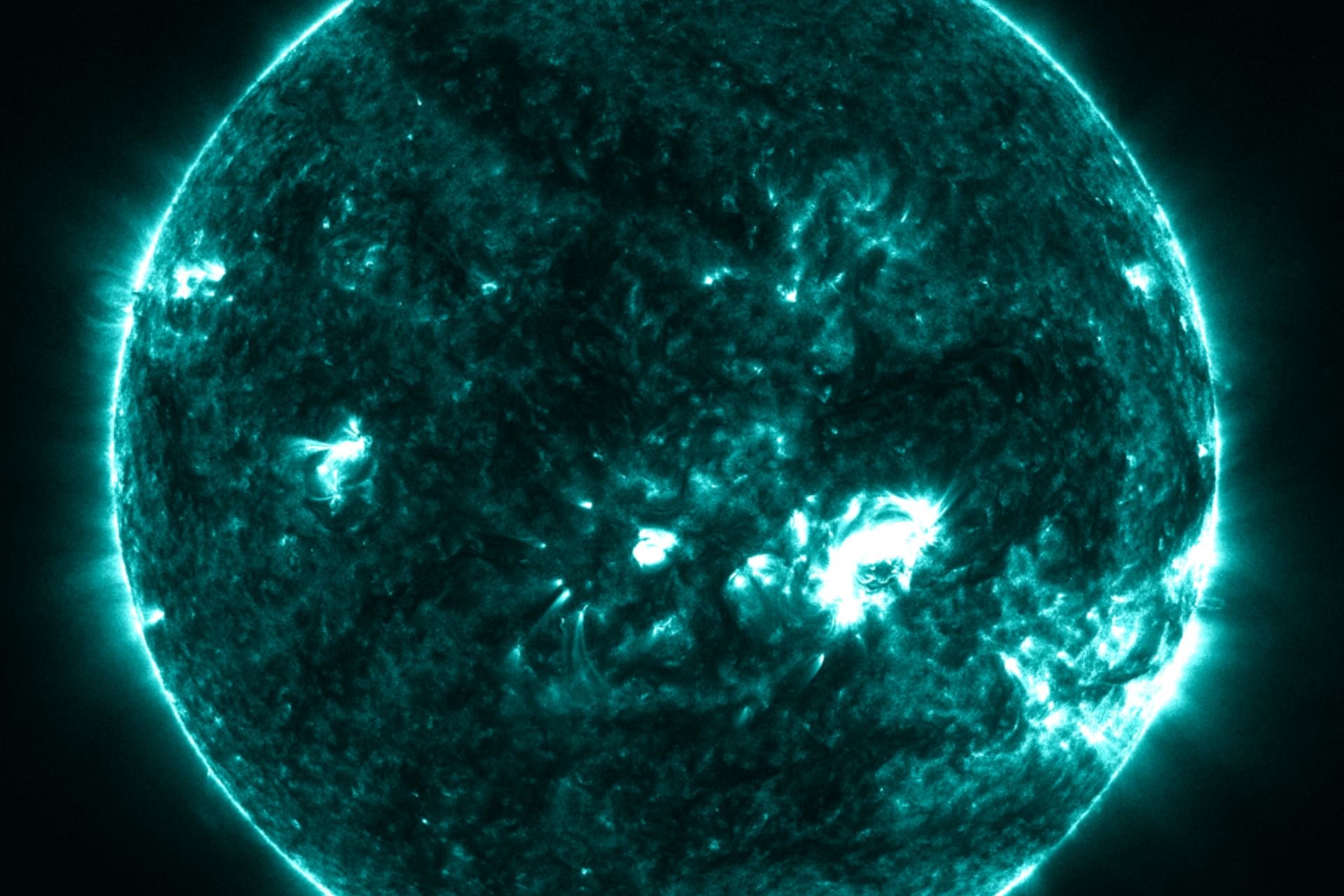UPDATE: On August 20, 2023, NASA and IBM unveiled a groundbreaking AI model named Surya, designed to revolutionize the forecasting of solar storms. This development comes in the wake of a recent tabletop exercise that revealed significant gaps in scientists’ abilities to predict solar activity, which poses a serious threat to both terrestrial and orbital infrastructure.
The urgency of this announcement cannot be overstated. As solar flares and coronal mass ejections become increasingly unpredictable, the potential for catastrophic disruptions to satellites, power grids, and communication systems grows. A systemic risk analysis by Lloyd’s estimates that a severe solar storm could inflict losses of up to $2.4 trillion on the global economy over a five-year period. The launch of Surya could provide vital lead time for decision-makers, enabling them to safeguard critical infrastructure.
Surya improves upon existing solar forecasting technologies by enhancing both the prediction lead time and accuracy. According to IBM, it can forecast a solar flare up to two hours in advance and visually pinpoint its location on the Sun’s surface. “It’s essential to understand how and when these solar events will occur, allowing us to prepare effectively,” emphasized Juan Bernabé-Moreno, director of IBM Research Europe for Ireland and the U.K.
The solar environment is tumultuous, constantly bombarding Earth with energy bursts. When these events align with our planet, they can trigger geomagnetic storms, resulting in severe disruptions to our magnetic field. Such disturbances can wreak havoc on satellites and other critical systems. By anticipating these solar outbursts, Surya equips scientists and infrastructure managers with the foresight necessary to mitigate potential damage.
Surya operates like a powerful AI telescope, utilizing nine years of data from NASA’s Solar Dynamics Observatory, which has been continuously monitoring the Sun since its launch in 2010. This data is crucial for training the model, allowing it to generate predictive images of solar activity before it occurs. Testing has shown that Surya can improve flare classification accuracy by 16%.
Despite its impressive capabilities, Bernabé-Moreno cautions that Surya’s initial training was based on the previous solar cycle. The team has plans to refine the model further, especially as they evaluate its performance during Solar Cycle 25. “Continuous training with real-time data will be critical for enhancing its predictive abilities,” said Johannes Schmude, senior research scientist at IBM.
The scientific community is eager to explore the vast potential applications of Surya. Bernabé-Moreno emphasizes that the real utility will arise as more researchers engage with the model, pushing its boundaries and discovering new uses. “Creating practical applications is our primary focus,” he stated.
As solar storms become an increasingly pertinent issue for society, the launch of Surya marks a pivotal moment in our ability to forecast and prepare for these natural phenomena. This open-source AI model could significantly alter how we understand and respond to solar activity, potentially saving billions in infrastructure costs and safeguarding lives.
Stay tuned as more updates on Surya’s applications and performance become available. The implications of this technology could reshape our approach to solar storm forecasting and resilience.
